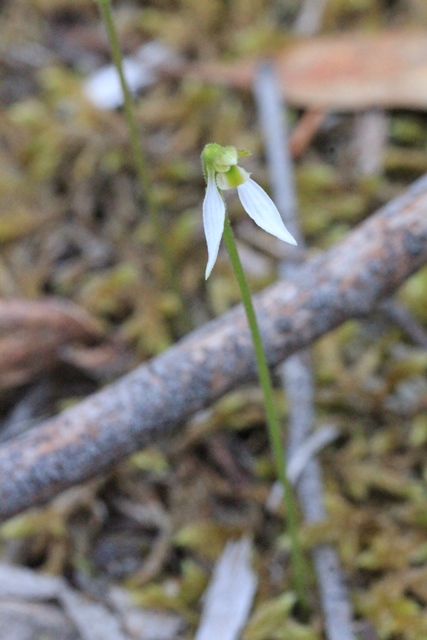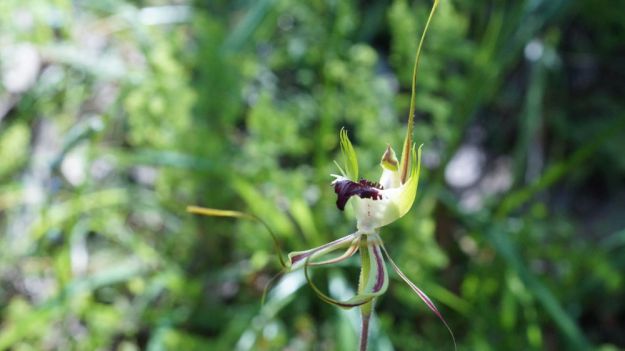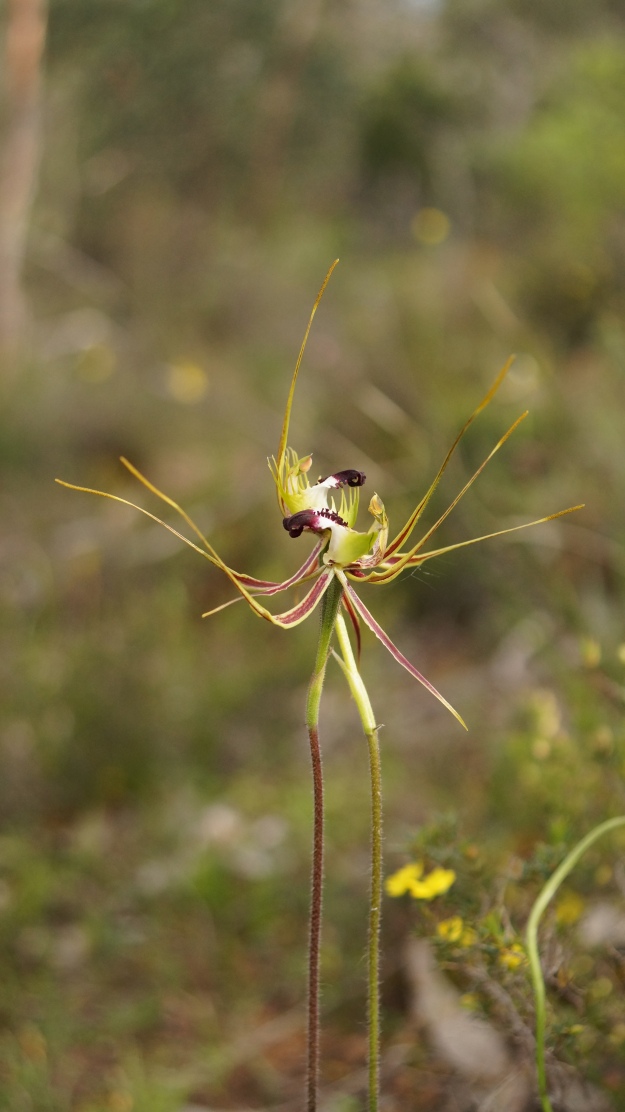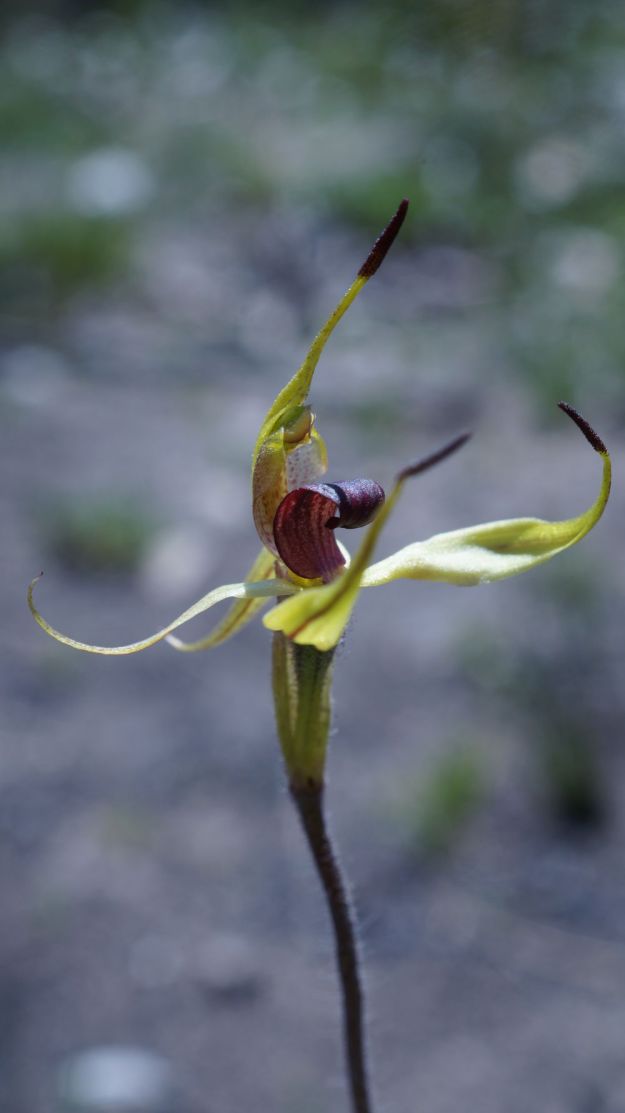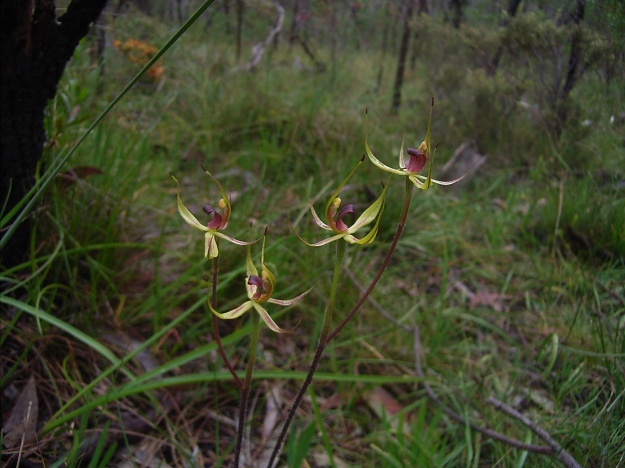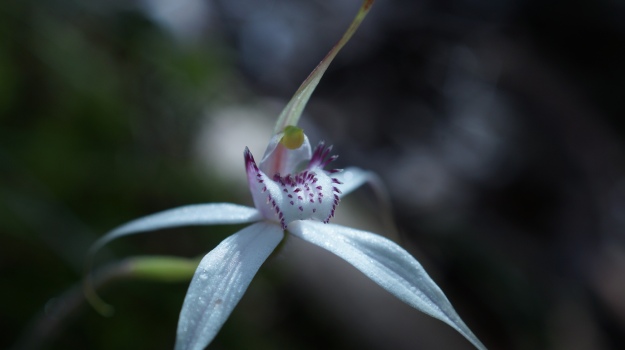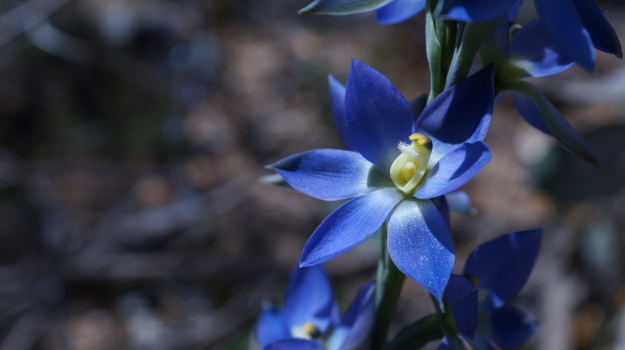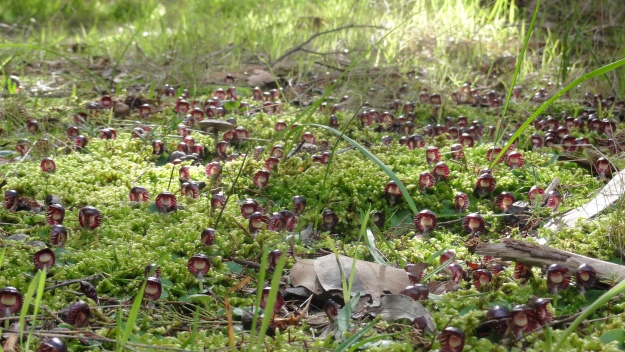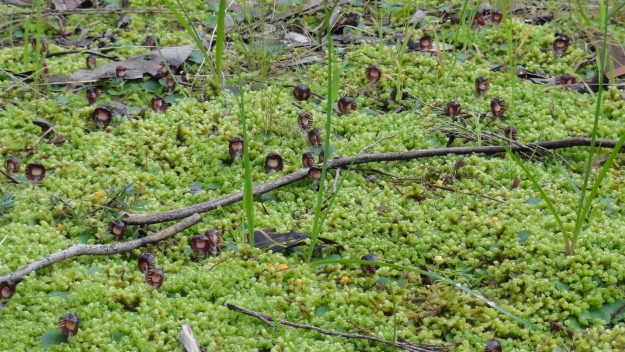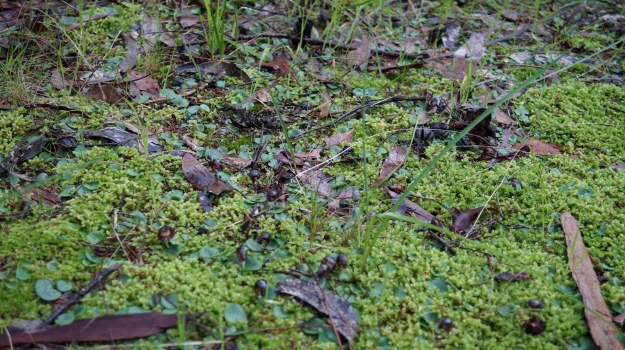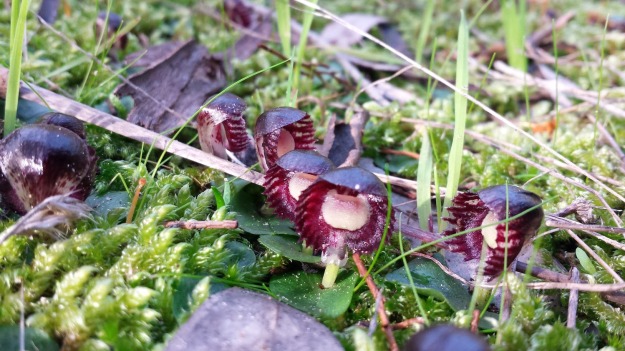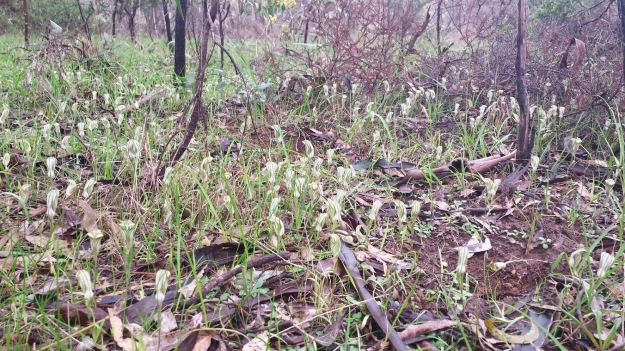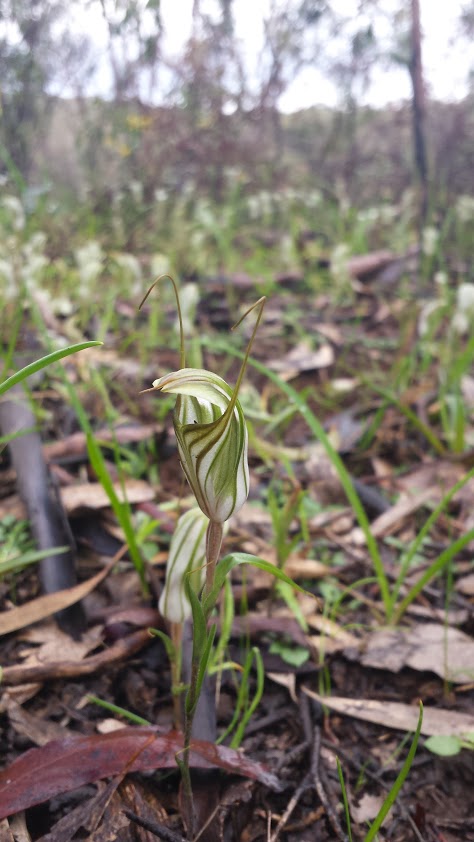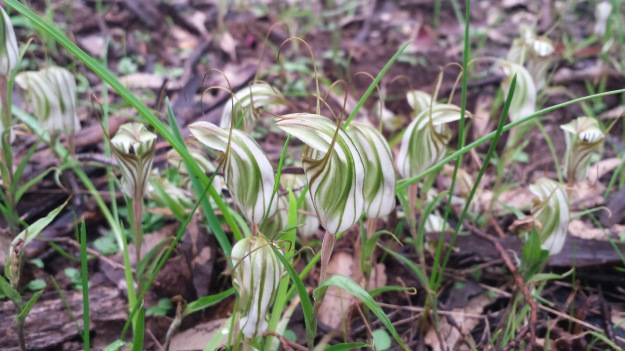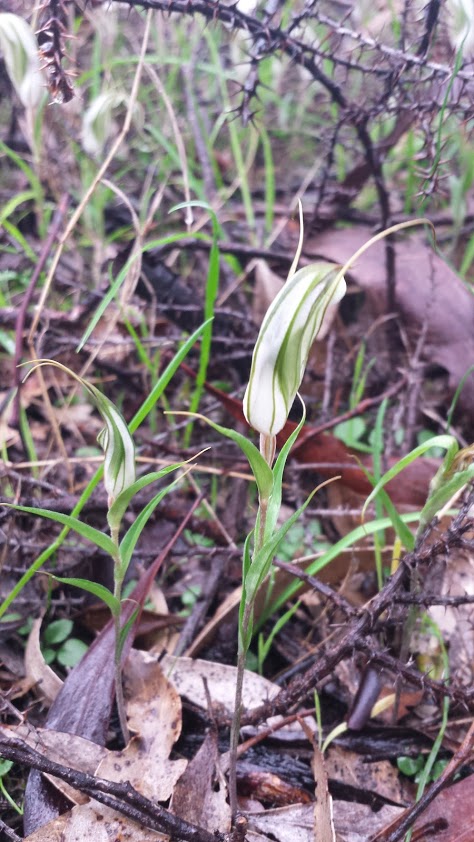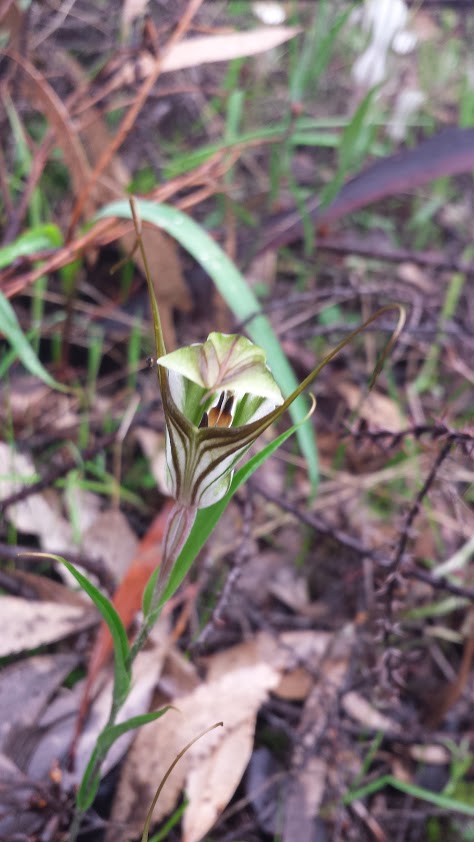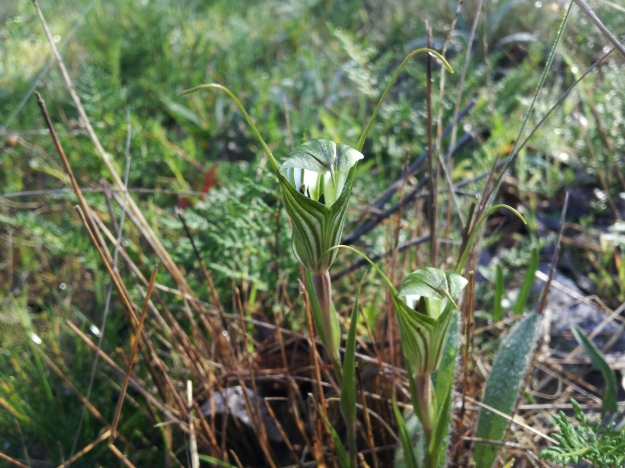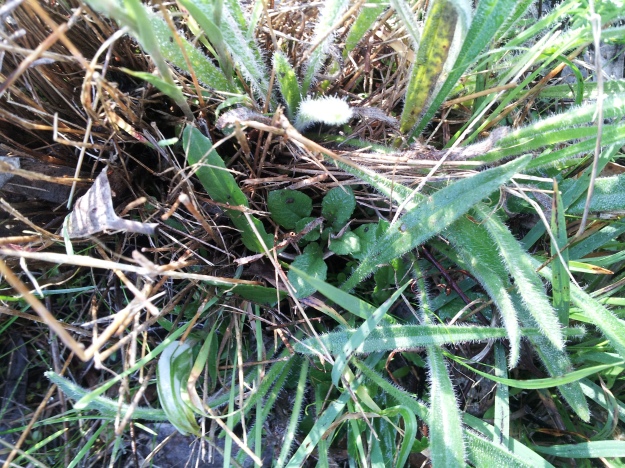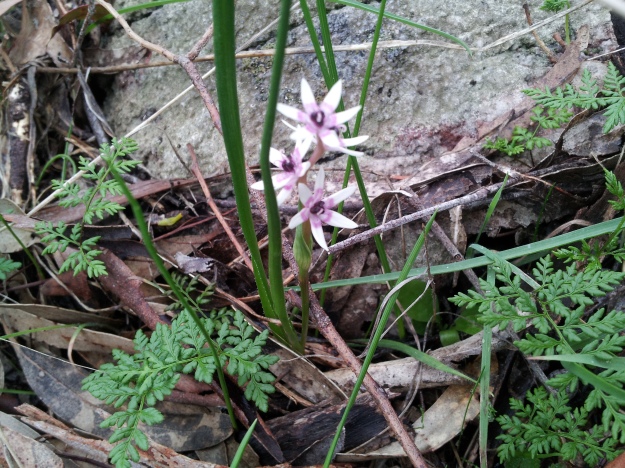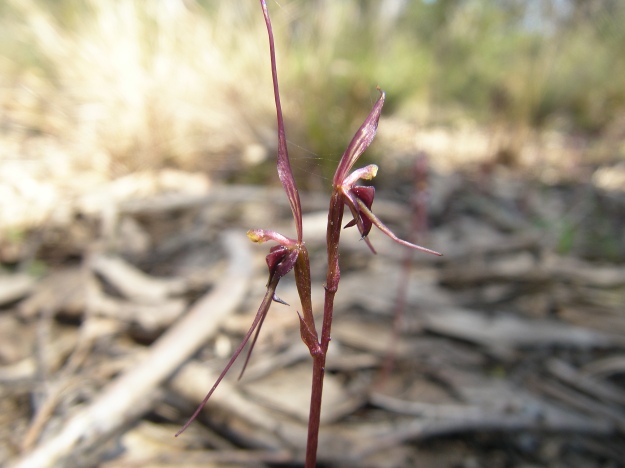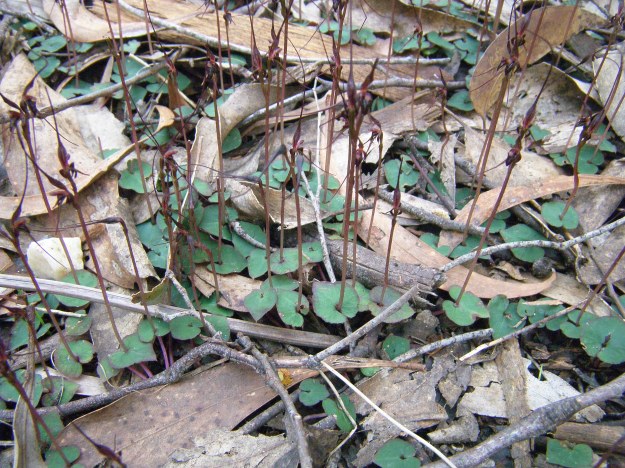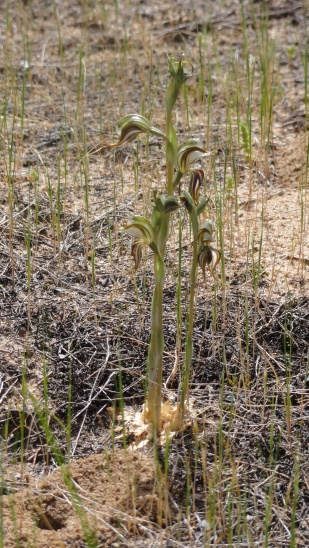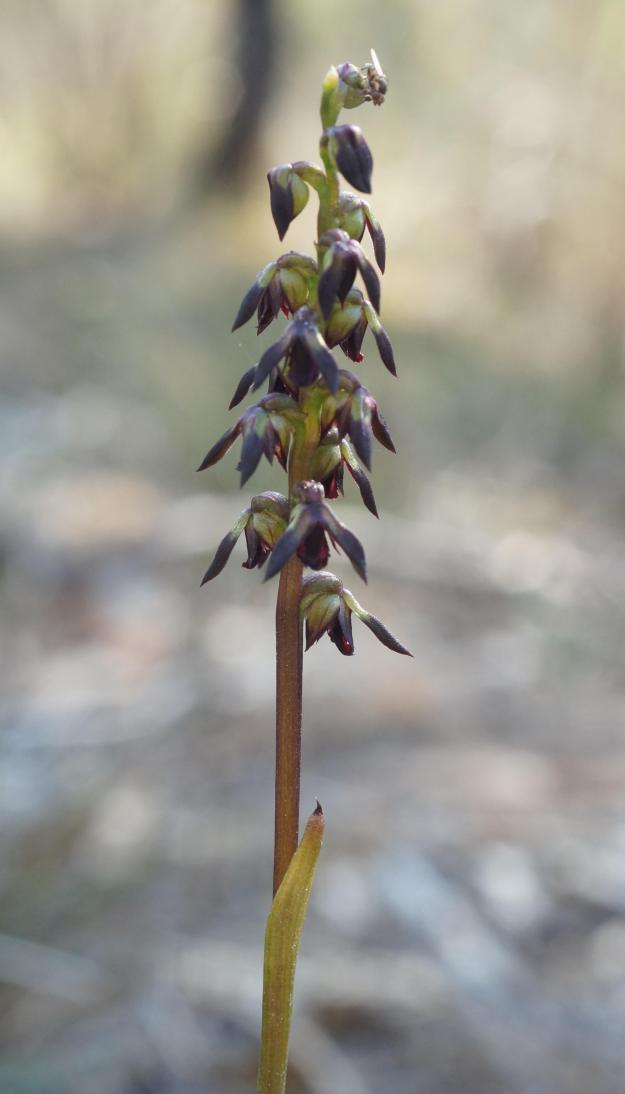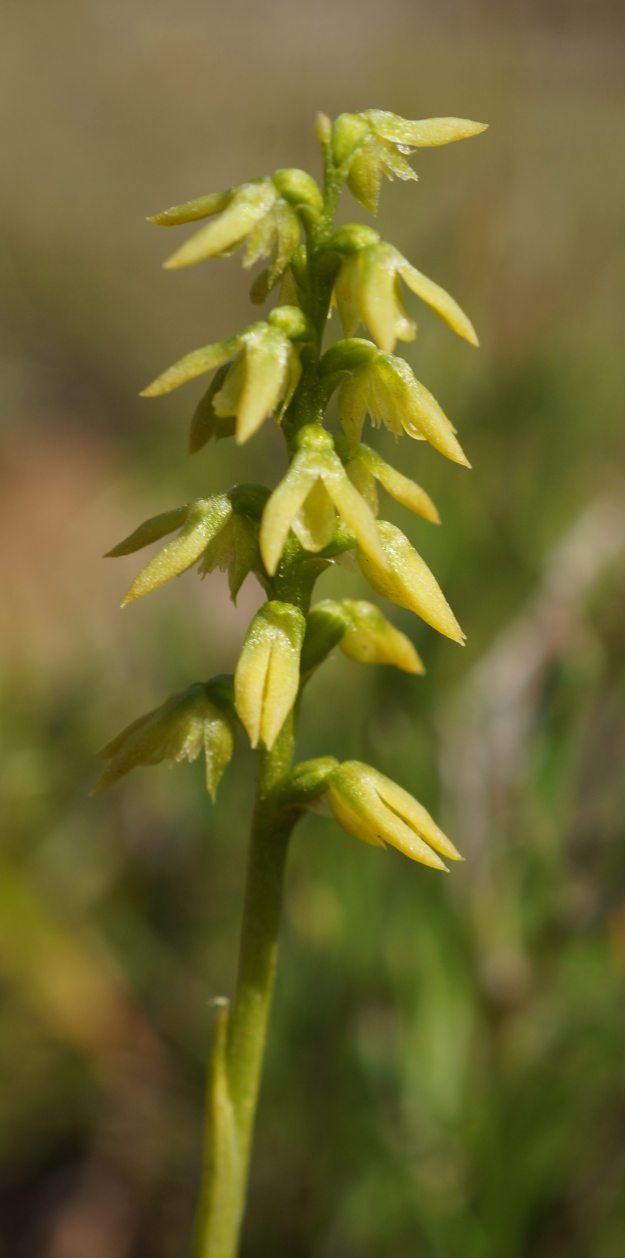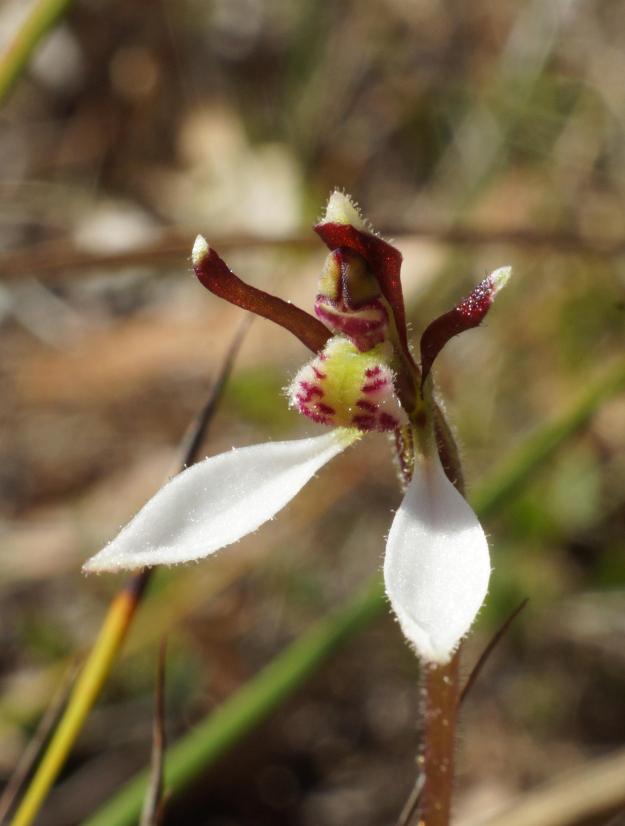Recently I had the opportunity to participate in a tour of the State Herbarium of South Australia as part of the Open House Adelaide 2014. Several years ago I had done volunteer work filing specimens away, so I was somewhat aware of how it runs. However I did learn a few things from this experience.
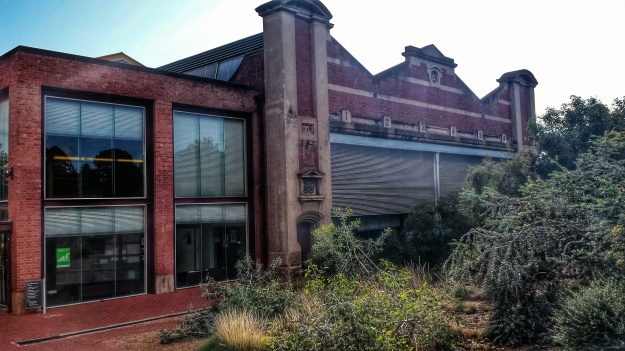
The Herbarium lives in the first tram barn in Adelaide.
The herbarium houses over 1.2 million specimens, from species that have been collected within Australia as well as some specimens that are currently on loan from other herbariums in Australia and overseas. There are also duplicate specimens from overseas in case they are lost in their country of origin. These specimens are mounted on paper and stored in boxes within the vaults.

In the vault

An example of the boxes which contain the specimens
The important function of a herbarium is that they control the naming of new species. In the collection there are type specimens. These are the original specimen that was used for naming a species and thus will have all the distinctive features of that species.

Specimen mounted on paper

Some lichen
Another aspect of the herbarium is that they contain specimens that are have been collected from over 200 years ago. In a display cabinet, they had some specimens that were collected by Robert Brown who accompanied Matthew Flinders in 1802. These specimens were then transported back to England before they finally make their way back home . It is incredible that they are still around, because back in the 1800s herbariums did not exist as we know them now. The amazing part of this is that the really old specimens don’t look that much older than the specimens that were collected within the last few years.

Some original specimens collected in February and March of 1802
One of the problems that the herbariums face is a little beetle which seems to thrive on the dead plant specimens. To prevent the spread of the beetle , the herbarium has in place some strict quarantine processes. Before a specimen can enter the vault, it must be placed in the freezer for at least a week. Also staff are encouraged not to take in any unnecessary items into the vaults. This can make it quite a hassle when transporting plants between the herbariums. To reduce this, they have recently established a database called Australia’s Virtual Herbarium with high resolution images of the type specimens that anyone can view.
When I was on the tour I asked if I could see the orchids which are kept in alcohol. I was taken to a small room full of tiny little bottles with orchids. They had lost their colouring but it was possible to see the 3d structure of the flowers – something that is lost in a pressed specimen.
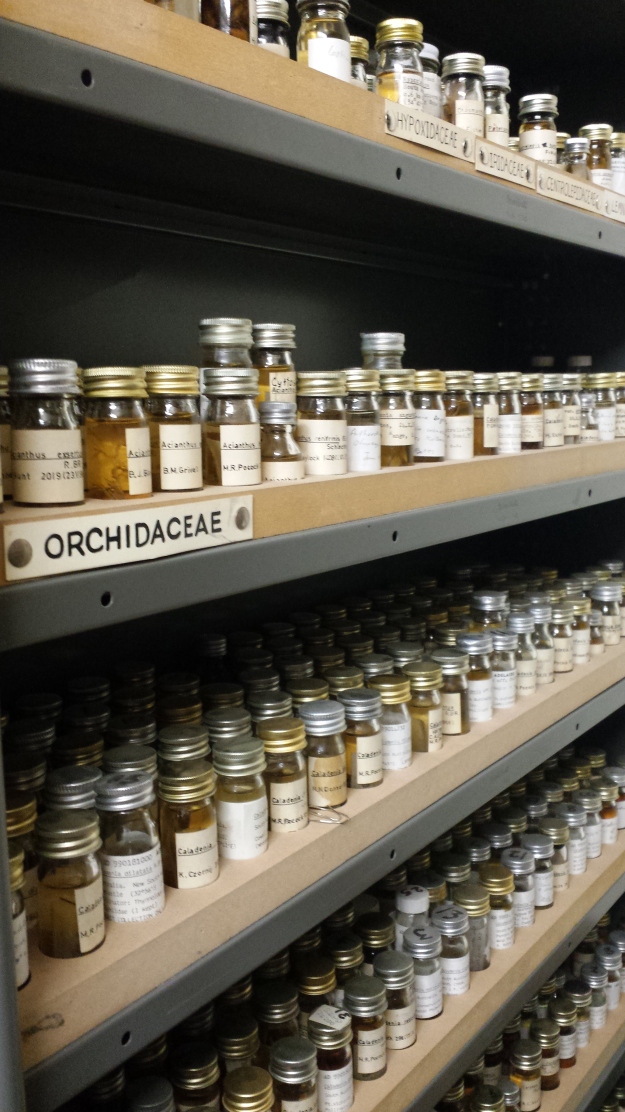
Some of the orchids preserved in small bottles of alcohol
Here is a comparison of the specimen in the herbarium and a species in the wild. Most of these specimens were collected in the 1960s.
If you would like to know some more about the South Australian State Herbarium or some of their resources, check out the following links:
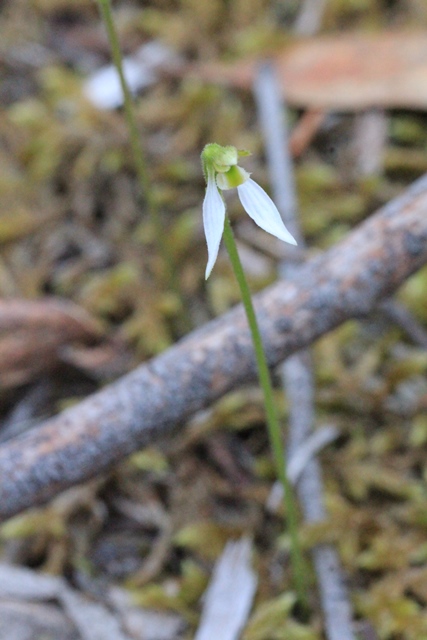 If you’re an Orchid enthusiast I would appreciate some feedback on whether this is the green form of the Parsons Bands orchid..
If you’re an Orchid enthusiast I would appreciate some feedback on whether this is the green form of the Parsons Bands orchid.. 
